Rising Demand in Biotechnology
The Centrifuge Market is experiencing a notable surge in demand driven by the biotechnology sector. As biopharmaceutical companies increasingly rely on centrifuges for the separation and purification of biological materials, the market is projected to grow significantly. In 2025, the biotechnology segment is expected to account for a substantial share of the centrifuge market, reflecting a shift towards advanced therapeutic solutions. This trend is further supported by the increasing number of research initiatives aimed at developing novel bioproducts, which necessitate efficient separation techniques. Consequently, the Centrifuge Market is likely to witness innovations tailored to meet the specific needs of biotechnology applications, enhancing operational efficiency and product yield.
Expansion of Pharmaceutical Manufacturing
The Centrifuge Market is poised for growth due to the expansion of pharmaceutical manufacturing capabilities. As pharmaceutical companies scale up production to meet rising global health demands, the need for efficient separation processes becomes paramount. Centrifuges play a critical role in the production of vaccines, antibiotics, and other essential medications. In 2025, the pharmaceutical sector is anticipated to contribute significantly to the overall market revenue, driven by increased investments in manufacturing infrastructure. This expansion is likely to lead to the adoption of advanced centrifuge technologies that enhance productivity and ensure compliance with stringent regulatory standards. Thus, the Centrifuge Market is expected to evolve in response to the dynamic needs of pharmaceutical manufacturing.
Growing Focus on Environmental Sustainability
The Centrifuge Market is increasingly influenced by a growing focus on environmental sustainability. As industries strive to minimize their ecological footprint, the demand for energy-efficient and environmentally friendly centrifuge solutions is on the rise. Manufacturers are now developing centrifuges that utilize less energy and produce less waste, aligning with global sustainability goals. In 2025, it is projected that a significant portion of the market will be driven by the adoption of green technologies in centrifuge design and operation. This shift not only addresses environmental concerns but also enhances operational cost-effectiveness for users. Therefore, the Centrifuge Market is likely to see a transformation towards more sustainable practices.
Technological Innovations in Centrifuge Design
The Centrifuge Market is witnessing a wave of technological innovations that are reshaping the landscape of separation processes. Advancements in automation, digitalization, and smart technologies are enhancing the efficiency and precision of centrifuges. In 2025, the integration of IoT and AI in centrifuge systems is expected to optimize performance and reduce downtime, thereby increasing productivity across various sectors. These innovations are particularly relevant in laboratory settings, where the demand for high-throughput processing is escalating. As a result, the Centrifuge Market is likely to experience a paradigm shift, with manufacturers focusing on developing next-generation centrifuges that cater to the evolving needs of end-users.
Increasing Applications in Clinical Diagnostics
The Centrifuge Market is benefiting from the increasing applications of centrifuges in clinical diagnostics. With the rise in diagnostic testing and personalized medicine, centrifuges are essential for the separation of blood components and other biological samples. In 2025, the clinical diagnostics segment is projected to account for a significant share of the centrifuge market, driven by advancements in diagnostic technologies and the growing prevalence of chronic diseases. This trend underscores the importance of reliable and efficient centrifuge systems in laboratories and healthcare facilities. Consequently, the Centrifuge Market is likely to adapt to the specific requirements of clinical diagnostics, ensuring high-quality results and improved patient outcomes.


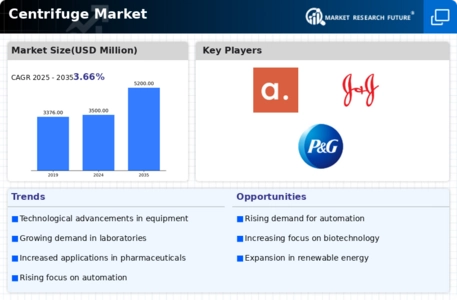
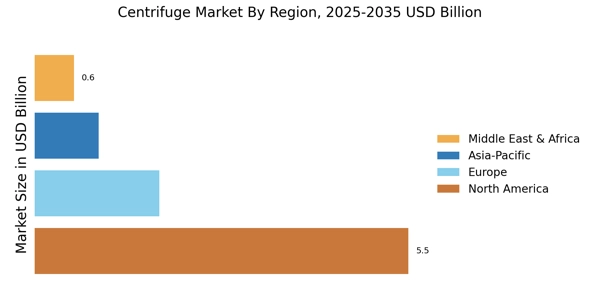
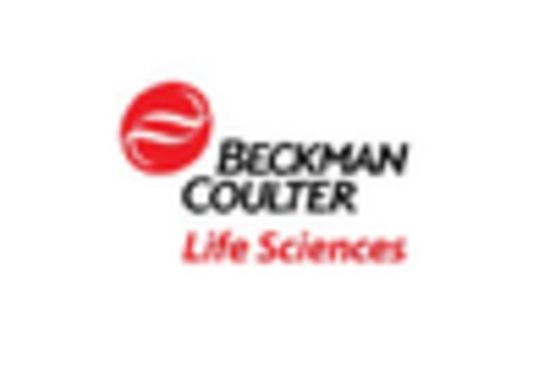
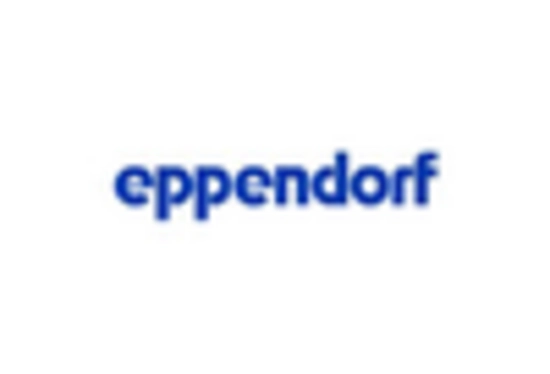
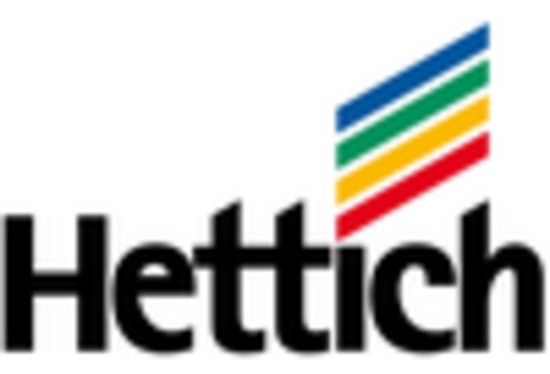
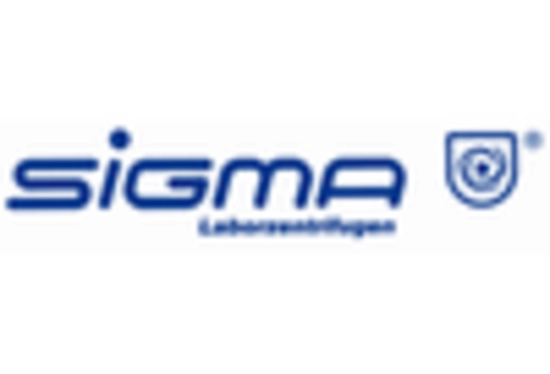










Leave a Comment